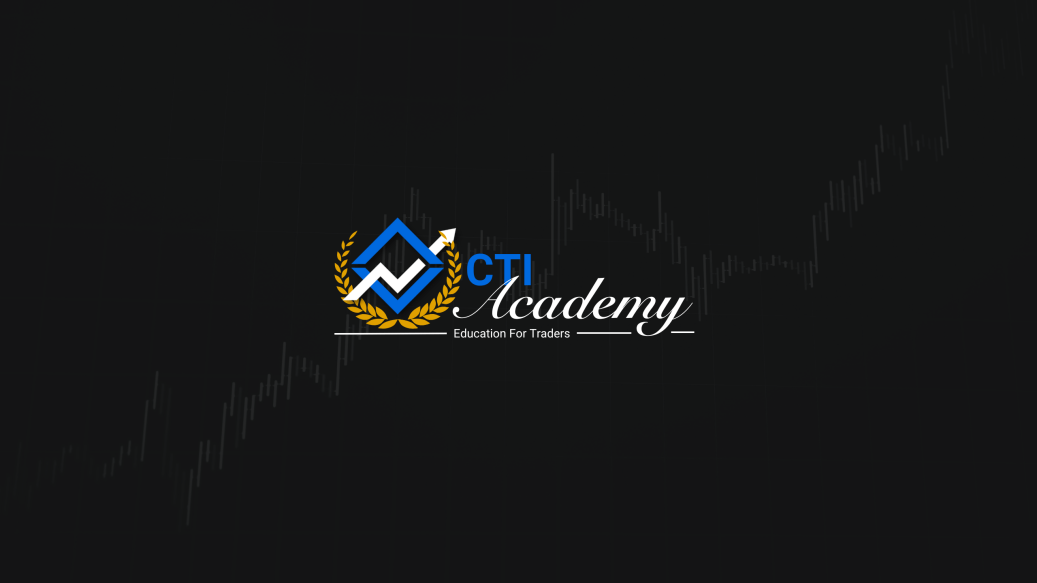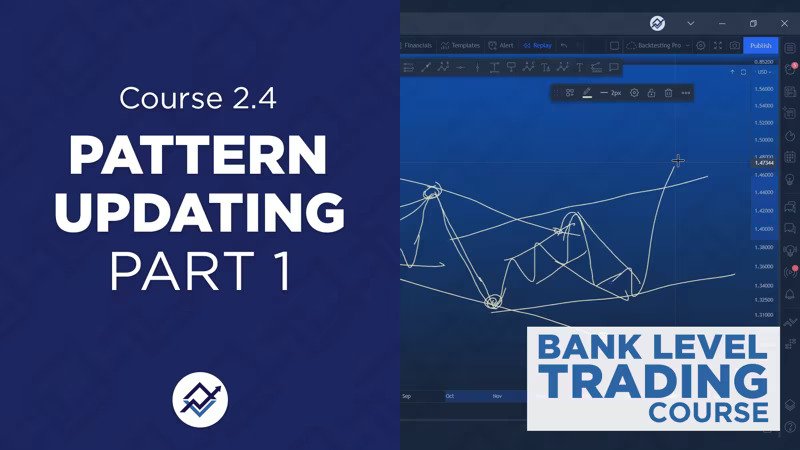Introduction
The world of trading offers diverse styles, each with its unique characteristics and approaches. Intraday, swing, and position trading are three popular styles that cater to different trading personalities and goals. This article explores these styles in depth, addressing common questions and helping traders identify the style that best suits their needs.
Understanding the Trading Styles
What are the 4 Types of Trading?
The four primary types of trading are intraday (or day trading), swing trading, position trading, and scalping.
Differences Between Intraday, Swing, and Position Trading:
- Intraday Trading: Involves buying and selling securities within the same trading day.
- Swing Trading: Traders hold positions for several days to weeks to capitalize on expected directional moves.
- Position Trading: This long-term trading strategy involves holding positions for months or years, based on extensive research and fundamental analysis.
Comparing Trading Styles
- Swing Trading vs. Intraday: Swing trading is generally considered less stressful than intraday trading as it does not require constant market monitoring. It offers a balance between the fast pace of day trading and the patience required for position trading.
- Position vs. Swing Trading: Position trading is a longer-term strategy compared to swing trading and typically involves deeper analysis of fundamental factors.
Pros and Cons of Each Style
- Downsides of Swing Trading: Includes the risk of overnight market changes and the need for more significant capital investment than intraday trading.
- Disadvantages of Intraday Trading: High stress, the intense requirement for focus and quick decision-making, and the potential for significant financial losses.
- Is Position Trading Risky?: All trading involves risk, but position trading can expose traders to long-term market risks, including economic downturns and changes in industry fundamentals.
Best Strategies and Trader Types
What is the Best Strategy for Positional Trading?
A focus on fundamental analysis and market trends is typically the cornerstone of successful position trading strategies.
Which Type of Trading is Best for Beginners?
Many experts recommend swing trading for beginners due to its balanced approach, which allows time for decision-making and learning.
What are the Three Main Types of Trade?
The three main types of trade are exports, imports, and re-exports in the context of international trade.
Core Principles and Market Phases
- Four Core Trading Principles: These include risk management, emotional discipline, consistency, and continuous learning.
- Four Market Phases: Accumulation, uptrend (mark-up), distribution, and downtrend (mark-down).
Choosing Your Trading Style
Which Type of Trader is Most Successful?
Success in trading does not strictly depend on the style but rather on how well a trader’s strategy, risk management, and psychology align with their chosen style.
Should a Beginner Do Swing Trading?
Swing trading is often recommended for beginners due to its manageable pace and the opportunity it provides to learn about both technical and fundamental analysis.
Can I Live with Swing Trading?
While it’s possible to make a living from swing trading, it requires significant skill, experience, and capital.
Conclusion
Intraday, swing, and position trading each offer unique advantages and challenges. The choice between them should be based on personal goals, risk tolerance, available time, and investment capital. Understanding the nuances of each style is crucial for aligning your trading approach with your personal and financial objectives.





